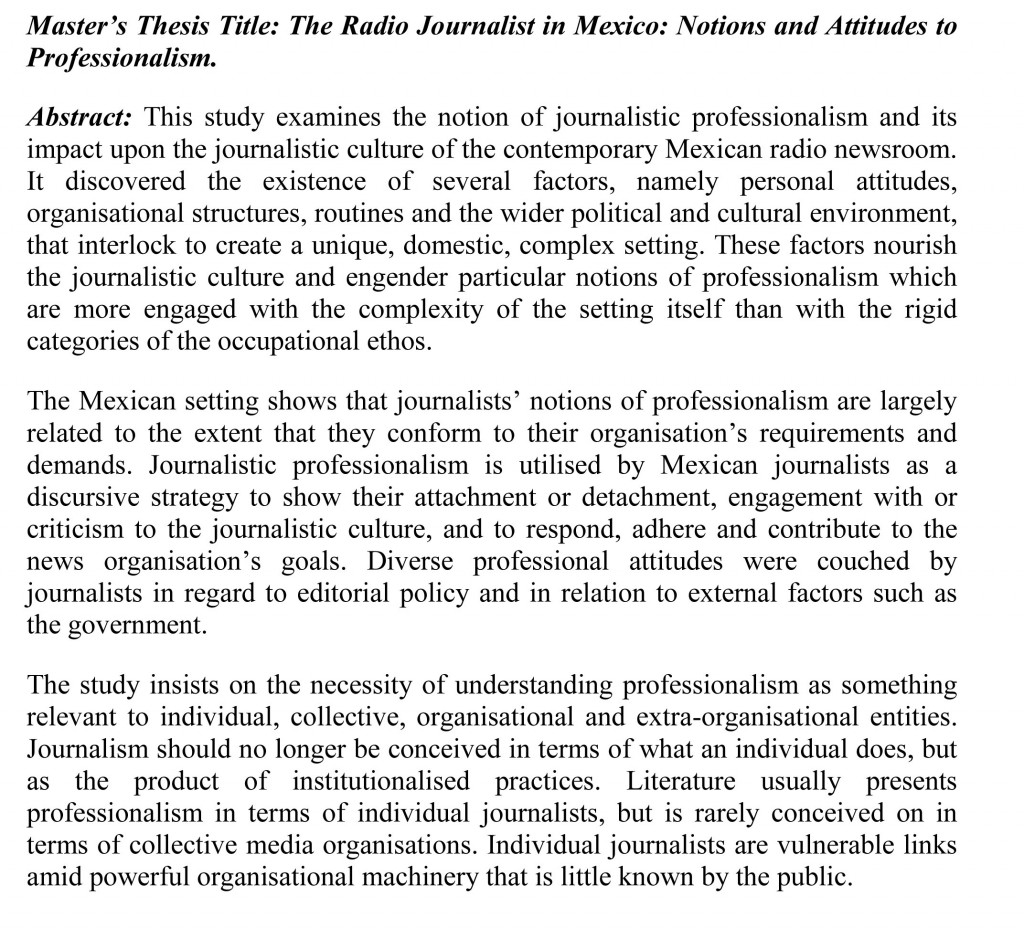Panopticism In The Digital Age Media Essay.
Panopticon - Designing Buildings Wiki - Share your construction industry knowledge. The Panopticon is an architectural concept design for institutional buildings, most commonly associated with prisons. It was developed by the utilitarian philosopher Jeremy Bentham in the late-18th century as a building that would serve as a system of control. The name was derived from the figure in Greek.
Building Bentham’s Panopticon rests upon two lines of enquiry. Firstly, it seeks to rebuild and re-examine the idealized construction of prison discipline at its most ideological- to examine the beginning of the separate, silent system and the development of modern prison reform through architecture. But it also seeks to contribute to a history from below and examine how, by adding in height.
Foucault used the plague as a good example of how in everyday life the Panopticon's principles of power could come into effect if the norms of society were taken away and one power monitored your every action. He believed that the Panopticon and the plague were two of the same and yet different. One was an evil natural disaster while the other broke people down artificially for the sole.
Foucault, Power and the Modern Panopticon Introduction My thesis examines the question of how Foucault’s disciplinary modalities of power, especially panopticism, have evolved over time, both in a historical context but also how they have rapidly changed in the decades following Foucault’s death. In this time, mass surveillance has become a norm in developed countries, through both the.
Philosophy and the Panopticon Surveillance cameras watch our every move. They reduce crime and maybe save lives. So why the fuss about privacy? Scott O’Reilly discusses the technologies of control. Imagine that you are sitting quietly by yourself reading the latest issue of Philosophy Now. Your attention is drawn to a slightly provocative article questioning the rise of the surveillance.
The Panopticon was a metaphor that allowed Foucault to explore the relationship between 1.) systems of social control and people in a disciplinary situation and, 2.) the power-knowledge concept. In his view, power and knowledge comes from observing others. It marked the transition to a disciplinary power, with every movement supervised and all events recorded. The result of this surveillance.
He based the word panopticism on Jeremy Bentham’s panopticon - an architectural design of a building that enables the one who possesses agency to see each cell that a subject of power is incarcerated to. Foucault writes that “Visibility is a trap” (Foucault, 286) because the tower is used to “induce in the inmate a state of conscious and permanent visibility that assures the automatic.









